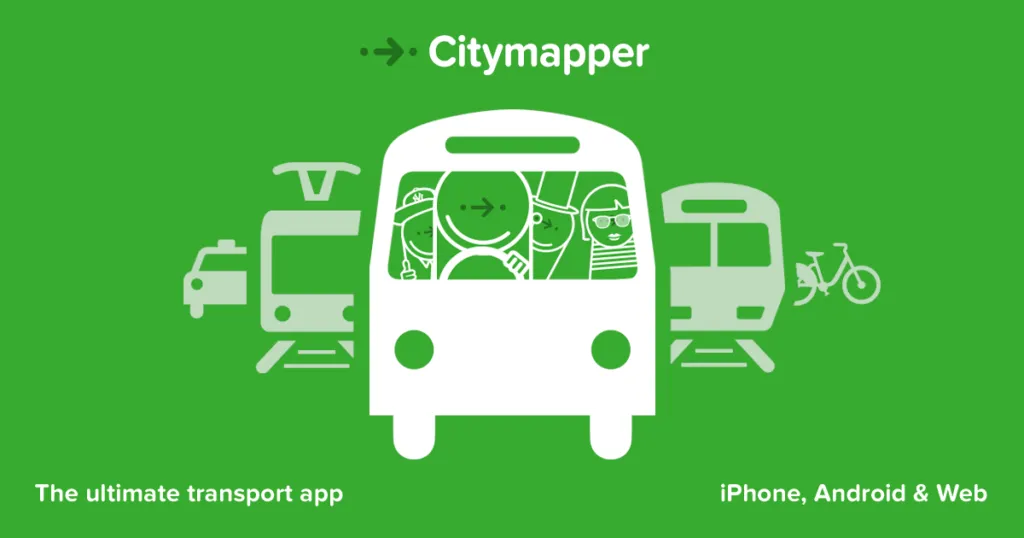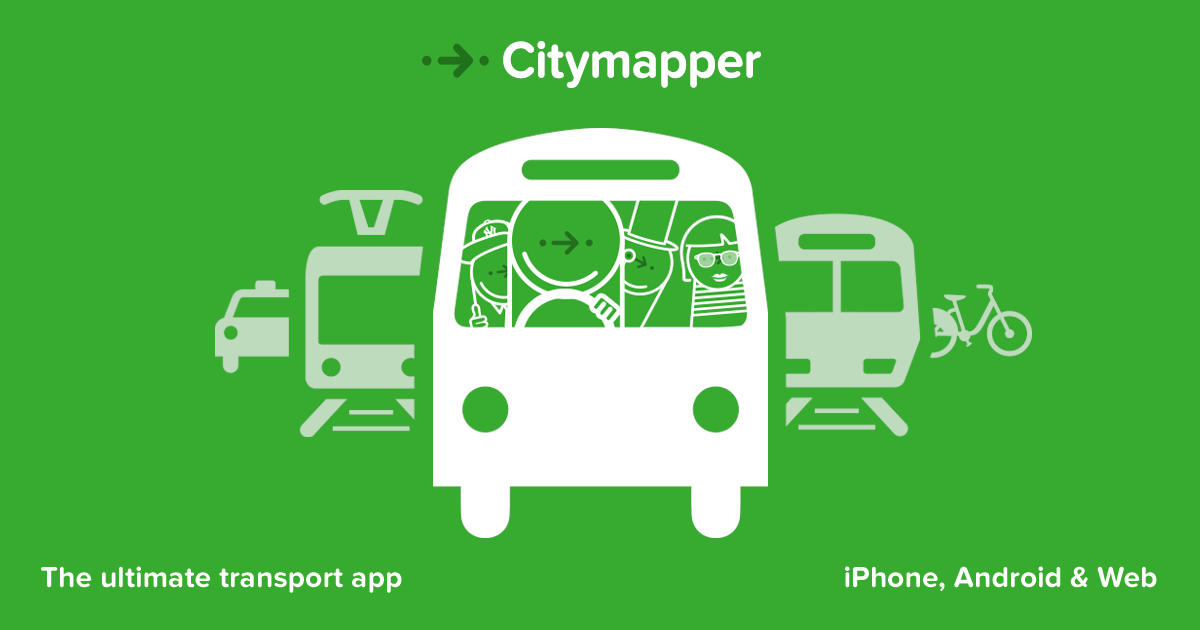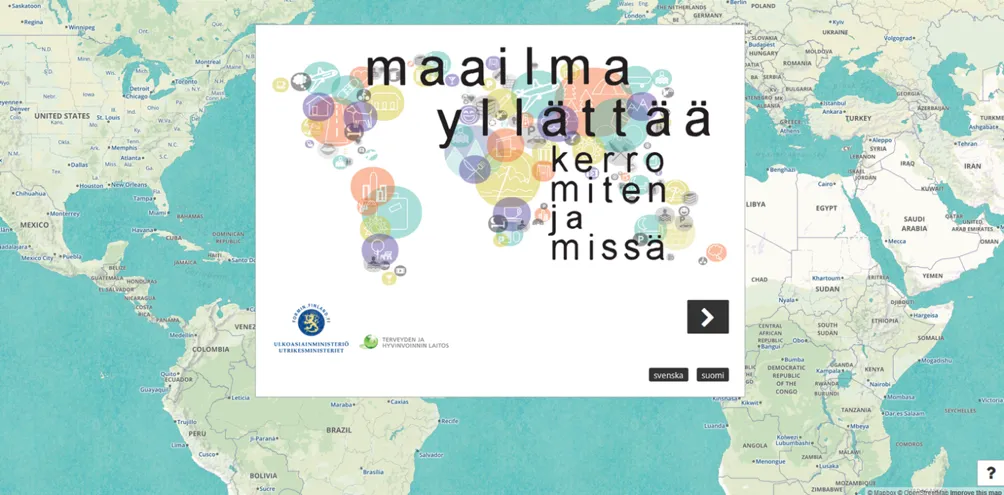People are more mobile than ever today. This is particularly true for Finland. The local passport grants access to 173 countries without a visa and the average Finn does nearly 2 overnight trips abroad each year – both are much more than in most nations.
New technology and increased access to information has not only brought about a society where we’re freer to roam the world, the developments have also made it a lot easier to adventure out on your own. There was a time not too long ago when traveling abroad would dominantly happen through pre-organized and well-structured packaged holidays. Now the trend is to go independently.
This shift in travel culture is undoubtedly a source for more nuanced cultural encounters for many. But there’s a flip side, too.
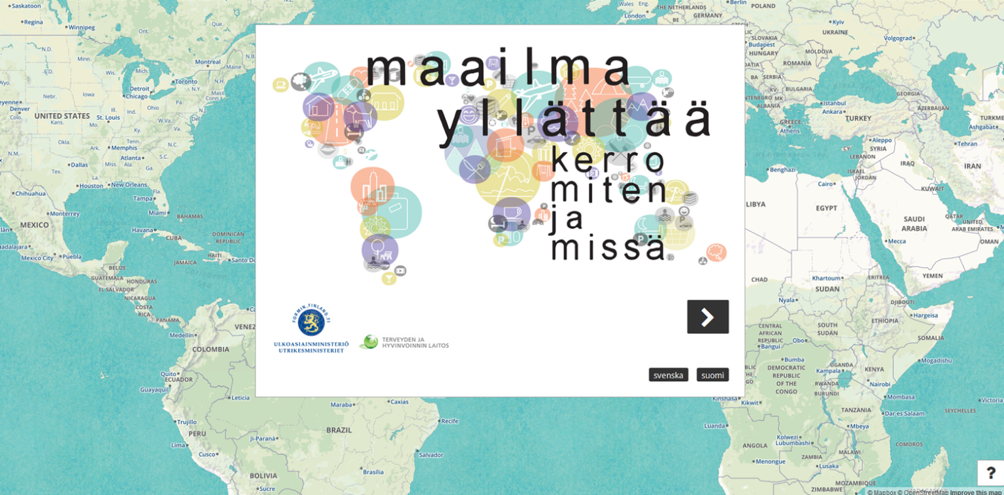
In their effort to promote safe travel, the Finnish Foreign Ministry has started to ask Finns: ”The world surprises, tell us how and where”.
The Finnish Foreign Ministry has noted that the need for Finnish consular services has doubled from the beginning of the century. And each year, more Finns die abroad than ever. Despite campaigns to remind travelers of the “three Ts” of safe travel, the travel bulletin, the travel notification and travel insurance, Finns keep on finding themselves in trouble in places where the Ministry has decidedly warned not to travel to.
While we’ve perhaps become a bit too care-free altogether, one part of the problem surely is that despite having access to more information than ever, people are not always reading the content they should. Another angle to the problem is that government institutions are often not the best in getting their messages out to the public.
In Finland, this may soon no longer be the case. The Foreign Ministry is waking up to the need of inventing digital channels through which they can connect with today’s travelers and bring government closer to them.
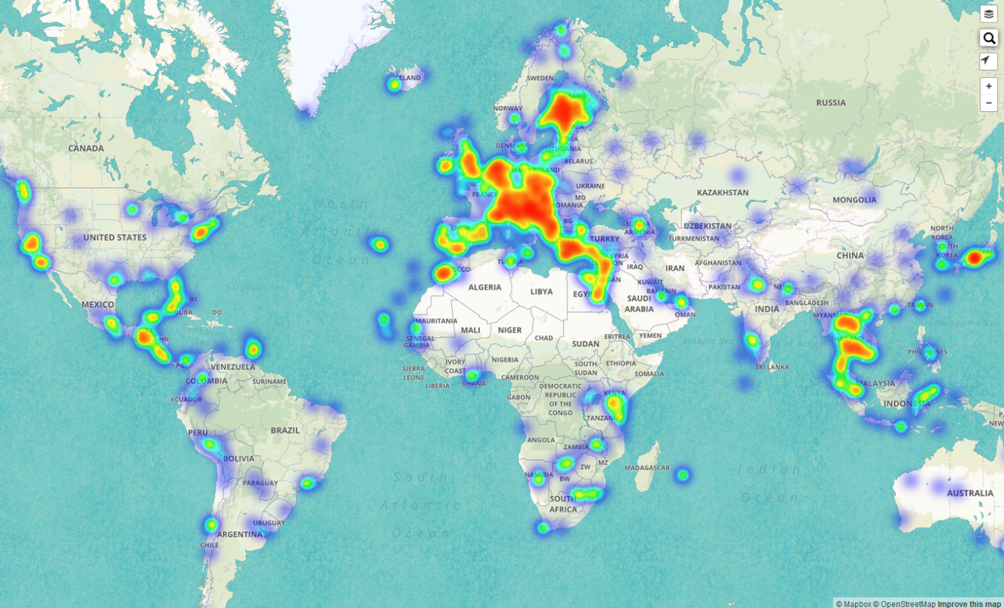
Places that Finns have mapped to be surprisingly interesting in their travels.
A newer strategy is to become interactive.
Instead of just preaching to globetrotters, one year ago the Ministry also started listening to travelers by asking: “Did the world surprise you?” In practice, they launched an online service to give travelers the opportunity to share their travel experiences of perceived safety and surprising events on a map. And to discover what other people have posted.
The project has been created in cooperation with Mapita, a Finnish start-up whose bread and butter is Maptionnaire, an online service for making map-based questionnaires.
The primary goal is to make the often rigid-interpreted administration appear more interactive and bring some “softer” information as part of their travel services. The catch is that the Ministry’s travel bulletins, locations of Finland’s diplomatic missions abroad, as well as information on filing a travel notification are all embedded into the map.
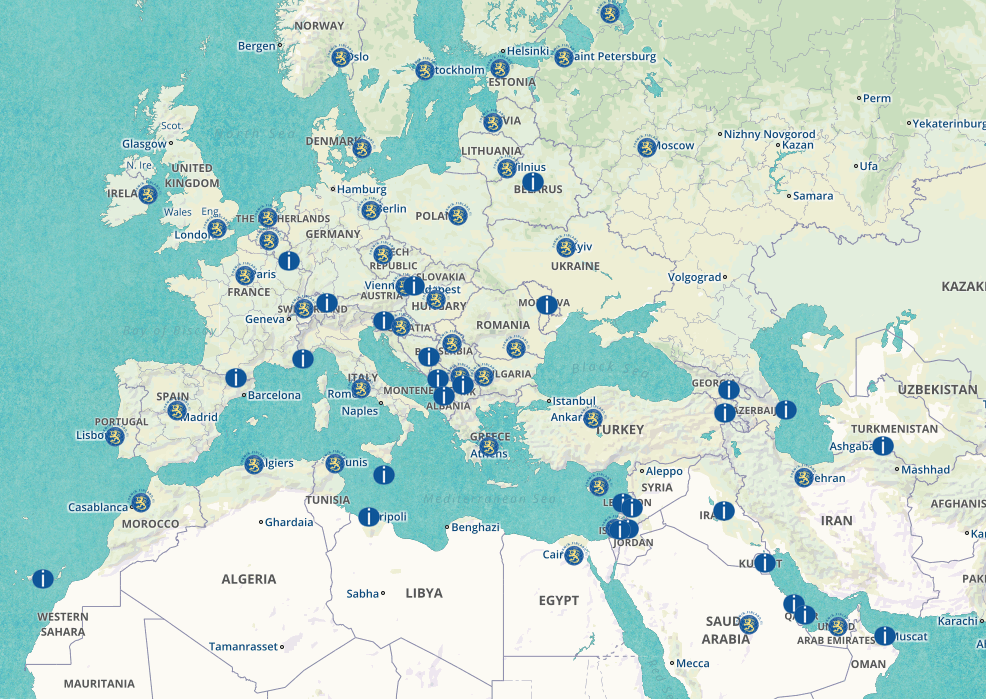
Besides collecting people’s travel experiences, the interactive map also highlights the locations of Finnish embassies and consulates as well as country-specific travel bulletins.
Aside from luring people to stumble upon important travel advice, the new service enables people to share knowledge that is worth mentioning but doesn’t fit into the frame of official travel bulletins. In addition, the interactive map exists for also highlighting the positive in the midst of warnings. Most of the time there really is no need to worry and the world surprises us delightfully.
The idea has been effective. The “Did the world surprise you” platform is the most popular Maptionnaire page to date in terms of page clicks. Moreover, it has proved to be an attraction at the Ministry’s stand when doing face-to-face promotion at e.g. the Nordic Travel Fair.
It certainly seems that the Ministry is doing something right with its fresh approach to promoting travel safety.
